
Average daily gasoline consumption stands at 83.4m liters in a month

As reported, gasoline consumption was the same in the fifth month of this year as the fifth month of the previous year.
Gasoline consumption in Iran has fluctuated since the outbreak of the coronavirus in the country.
In the early days of the pandemic, concerns over the virus minimized the travels across the country and led to a record decrease in consumption in the last Iranian calendar year’s first month (March 20-April 20, 2020).
On some days in April 2020, gasoline consumption even fell to 40 million liters and the average daily consumption did not exceed 50 million liters that month.
In general, gasoline consumption in the country declined 20 percent in the past Iranian calendar year, as compared to its preceding year due to rationing this fuel and also the coronavirus pandemic.
The Islamic Republic, which was an importer of gasoline for decades, exported over $1.4 billion worth of the fuel in the first seven months of the past Iranian calendar year (March 20-October 21, 2020).
The significant increase in the country’s gasoline production and exports comes despite the fact that nearly two years ago Iran was shipping in over 4.5 million liters per day of the strategic product.
Iran became a net gasoline exporter in February 2019, after the inauguration of the third phase of the Persian Gulf Star Refinery (PGS) project which added 120,000 barrels to the country’s daily gasoline production.
The increase in the exports of the mentioned commodity is a result of the increase in the country’s refining capacity and the decline in domestic consumption following the implementation of a rationing program.
In mid-November 2019, the Iranian government started rationing of subsidized gasoline and increased fuel prices as it plans to use the revenue for supporting underprivileged families.
Since then, implementation of the rationing plan has led to the reduction of gasoline consumption, while promoting the consumption of compressed natural gas (CNG) in the country.
Source: Tehran Times


Alba Discloses its Financial Results for the Second Quarter and H1 of 2025

US slaps tariffs on 1-kg, 100-oz gold bars: Financial Times

Copper price slips as unwinding of tariff trade boosts LME stockpiles

Codelco seeks restart at Chilean copper mine after collapse
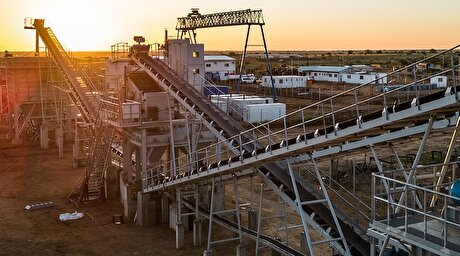
NextSource soars on Mitsubishi Chemical offtake deal
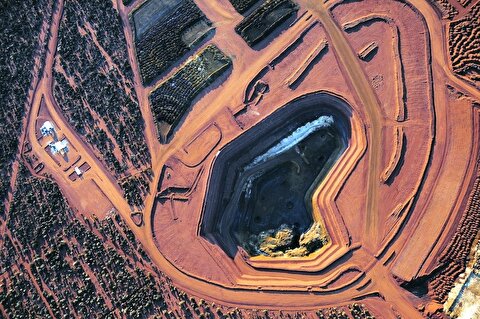
Australia weighs price floor for critical minerals, boosting rare earth miners
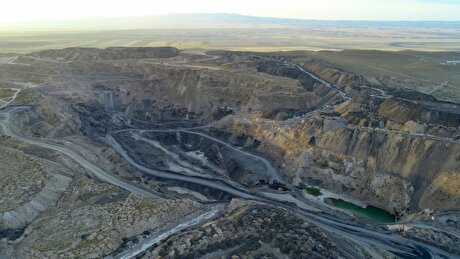
Uzbek gold miner said to eye $20 billion value in dual listing
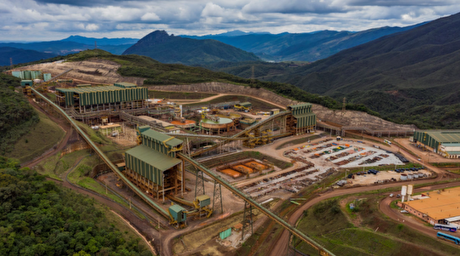
BHP, Vale offer $1.4 billion settlement in UK lawsuit over Brazil dam disaster, FT reports

Hudbay snags $600M investment for Arizona copper project
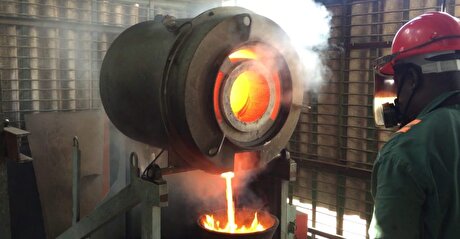
Zimbabwe labs overwhelmed as gold rally spurs exploration, miner says

Cochilco maintains copper price forecast for 2025 and 2026
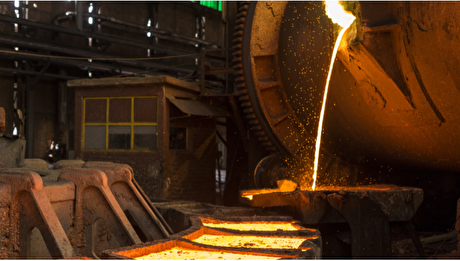
Adani’s new copper smelter in India applies to become LME-listed brand

HSBC sees silver benefiting from gold strength, lifts forecast

Mosaic to sell Brazil potash mine in $27M deal amid tariff and demand pressures

Samarco gets court approval to exit bankruptcy proceedings

Hudbay snags $600M investment for Arizona copper project

Discovery Silver hits new high on first quarterly results as producer

Trump says gold imports won’t be tariffed in reprieve for market

AI data centers to worsen copper shortage – BNEF

Cochilco maintains copper price forecast for 2025 and 2026

Adani’s new copper smelter in India applies to become LME-listed brand

HSBC sees silver benefiting from gold strength, lifts forecast

Mosaic to sell Brazil potash mine in $27M deal amid tariff and demand pressures

Samarco gets court approval to exit bankruptcy proceedings

Hudbay snags $600M investment for Arizona copper project

Discovery Silver hits new high on first quarterly results as producer

Trump says gold imports won’t be tariffed in reprieve for market

AI data centers to worsen copper shortage – BNEF














